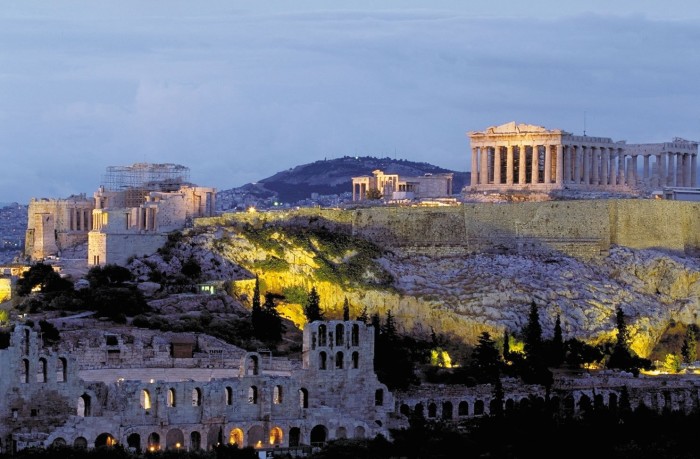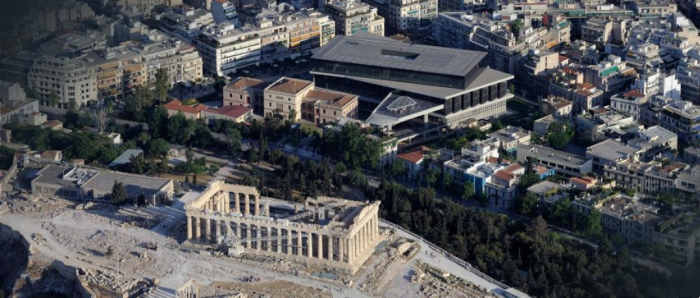Koukaki attracts people of all ages. Young people interacting with elders, creating this way a bridge from the past to the future. This can be witnessed in the small businesses of the area which are built with love and attention.
Specifically, you will find galleries, shops, bakeries, cafeterias and bar. Some busier and others more quiet. Street food as well as restaurants.
The location
The area is under Philopappou hill. A hill that links Koukaki with Plaka, the Acropolis museum and Thisio. Making Koukaki the ideal area as it is very close to the busy centre of Athens but not in the centre. Allowing you to decide whether to pass your time in a busier or more calm environment.
With two metro station to connect you with the rest of Athens or plenty of busses if you prefer. On Fridays, there is a local produce market on the street just 50m from Neratzia, where you will find fresh, locally produced fruits and vegetables.
Staying in Neratzia, will allow you to discover this beautiful area and its people.


